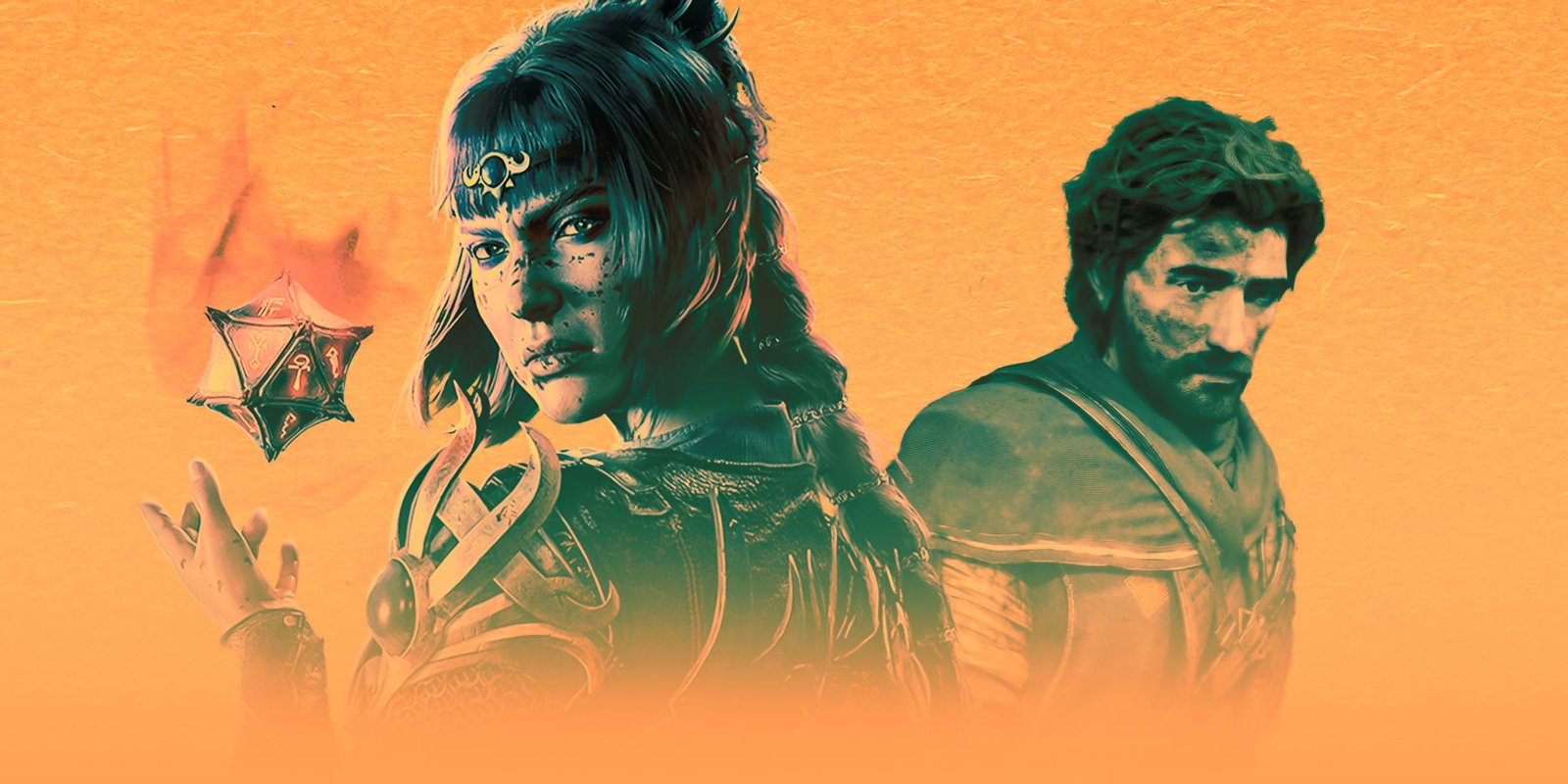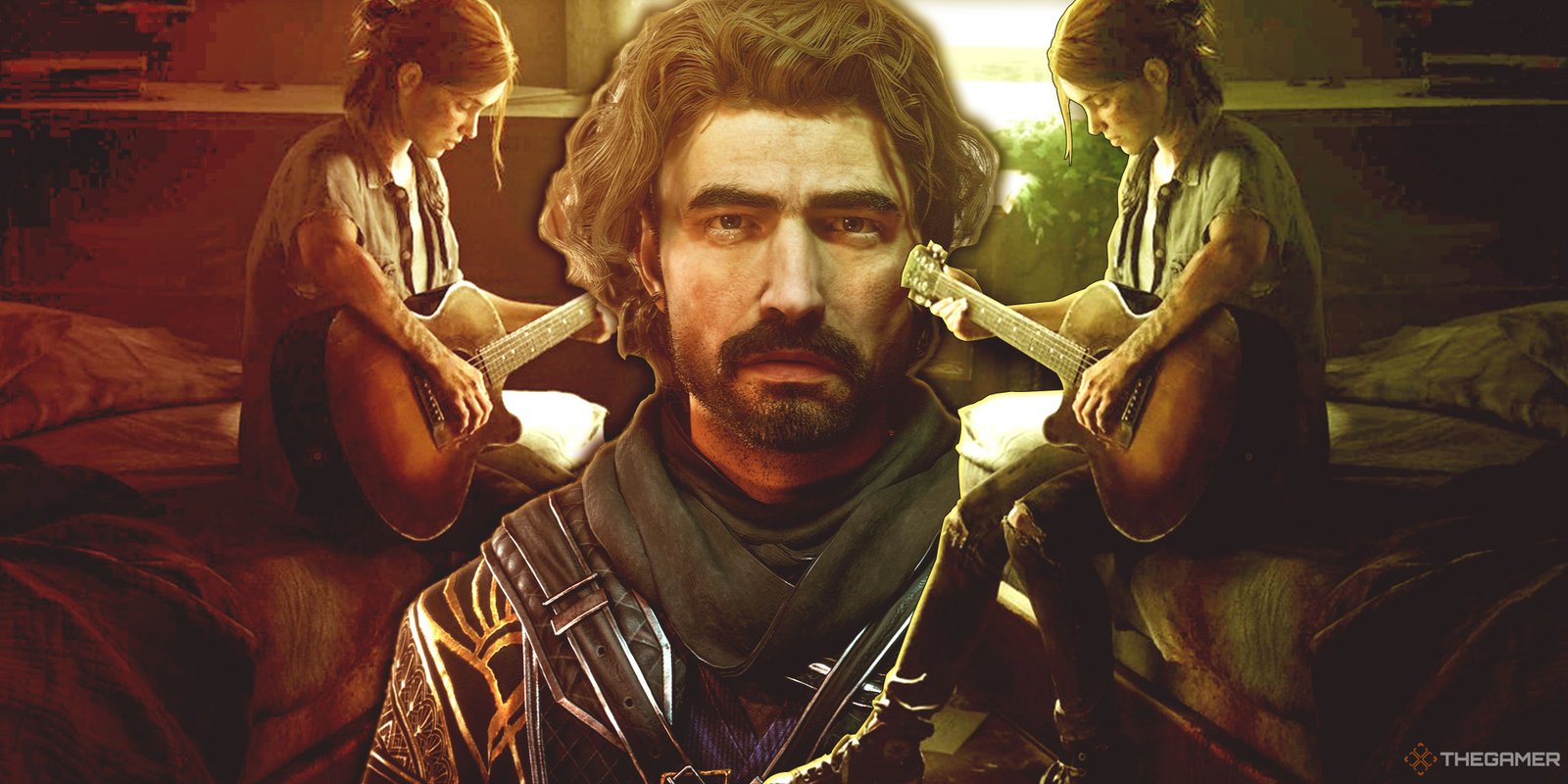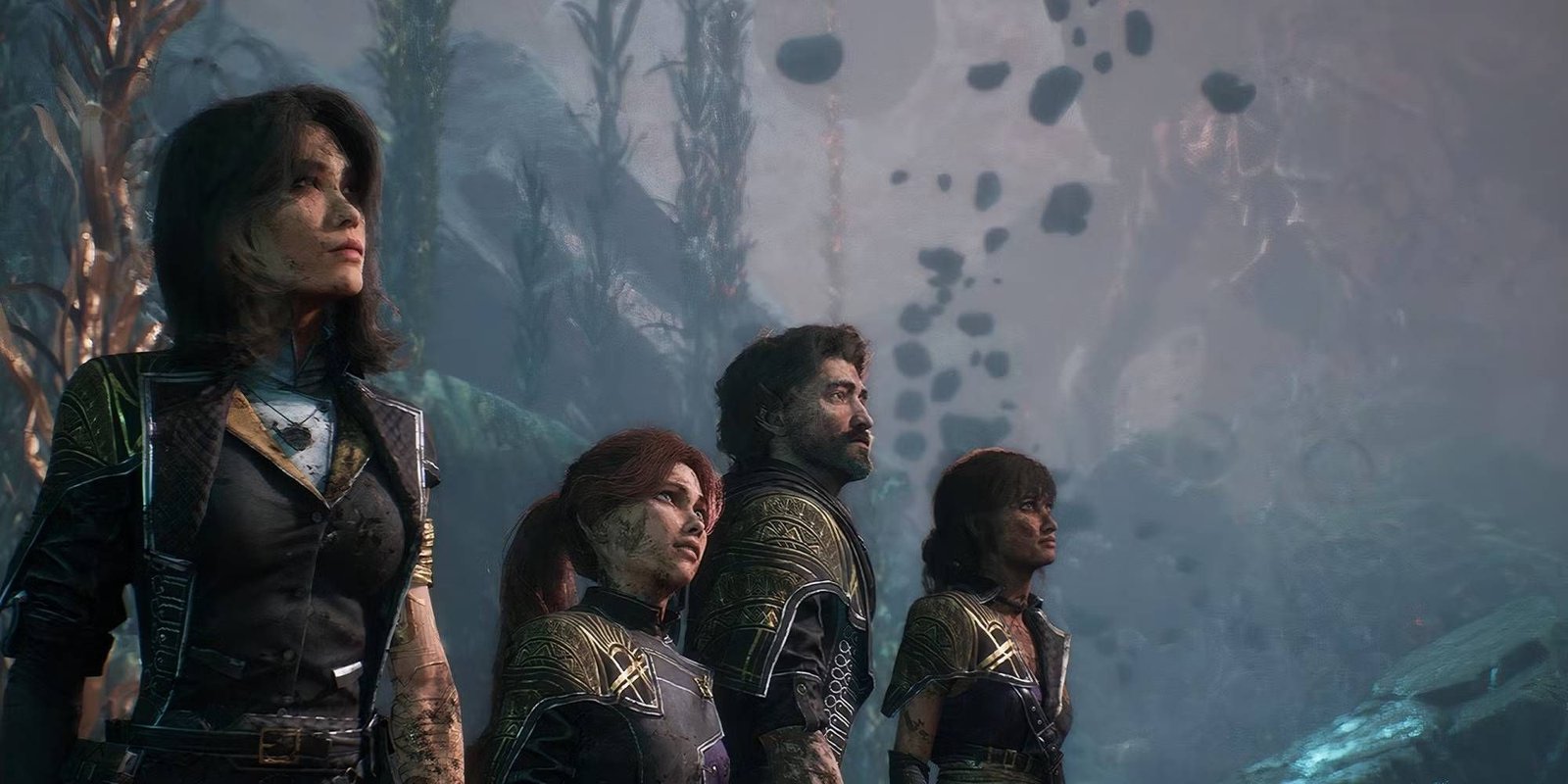Clair Obscur: Expedition 33 is the latest in a long line of RPGs that attempt to blur the line between turn-based and real-time combat. For decades, developers have been attempting to address the complaints that turn-based games are too slow, too boring, too predictable; that you spend too much time waiting and not enough time acting; and that when you do act, it doesn’t feel that great because you’re just picking a command from a menu.
Experiments In Combating Boredom
In the late ‘90s and early ‘00s, Western RPGs like Baldur’s Gate and Knights of the Old Republic were known for their real-time-with-pause combat, which had players pause, select moves from a menu, then watch as their character sprung into action to put their commands into motion, but that’s changed over the years as Japanese RPGs have started implementing real-time elements into their turn-based systems as well. Mario’s various forays into role-playing (Super Mario RPG, Paper Mario, Mario & Luigi) have featured timed button presses that the player can use to dodge or make turn-based moves hit harder, and last year, Final Fantasy 7 Rebirth brought back Remake’s excellent blend of hacking, slashing, and menu scrolling to (IMO) somewhat diminished returns.

Related
Clair Obscur: Expedition 33 Is The Next Baldur’s Gate 3
Sandfall Interactive has created an RPG that will soon cement itself as a modern classic.
Tactical turn-based RPGs, which include games like Baldur’s Gate 3, Shining Force, Final Fantasy Tactics, and Fire Emblem, are another attempt to address complaints about the combat being boring, and manages to do it without incorporating any twitch-based gameplay by providing a strategic element that focuses on controlling terrain.
Clair Obscur: Expedition 33 Perfects A Template
For my money, Clair Obscur is the best fusion of turn-based and real-time combat I’ve seen. The main reason it works is that there’s never a moment when you’re completely inactive though it still maintains a rigid turn order thanks to the game’s parry/dodge mechanic. It’s a difficult thing to balance, but Clair Obscur strikes it, and it has me looking forward to battles in a way I can’t ever remember doing with traditional turn-based battles.
At a glance, Clair Obscur seems like a retread of Paper Mario’s turn-based with timed button presses approach. And, it does incorporate the same “press a button to dodge” gameplay, but it takes it deeper than any RPG I’ve played.
Battles are a perfect mixture of strategy and reflexes. You need to think about which attacks to use when, making sure to use elemental “stains” wisely. Deciding when to heal and when to attack takes similarly tactical thinking. You have a bunch of different Skills to use, but you can also just shoot your opponent in their weak spot, using up the same reserve of AP, but leaving yourself a basic attack. It’s a deeply tactical game, but you know how I said you can “shoot your opponent”? Yeah, you actually shoot them, lining up a shot on their body, then pulling the right trigger. There’s no time limit, so you can take forever to make sure you’re targeting the right spot. But this element of combat feels so much more tactile because it uses third-person shooter controls rather than simply having you select the weak spot.
Parrying attacks is similarly engrossing. Clair Obscur uses the same timing system as Paper Mario, but the execution is different. Each battle has its own rhythm game as you attempt to learn all your opponents’ tells and the pace with which they execute their attacks. Like Paper Mario, you need to learn the timing of your own moves, but in Clair Obscur, you also need to get down the timing of your enemy’s attacks. This gives the game an interesting action-RPG-like tension while still remaining true to its turn-based roots. If you go into a fight and lose, sure, you could definitely level up and try it again. But, you also know you probably just need to get better at timing your attacks and parries. It’s better to think of each boss as a Guitar Hero track than a traditional challenging fight. You need to learn their timing before you have a shot.
It’s a ridiculously compelling cocktail, and I’ve found myself excited for each new fight. I’m five hours in and, at this point in most turn-based RPGs, I’m ready to skip every non-essential fight and get on with the story. But in Clair Obscur, I’m here for the combat as much as anything else.

Next
More Games Should Embrace Melancholy Like Clair Obscur: Expedition 33
That opening hour is something special.
